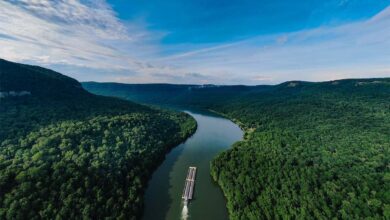Timber logging is not only about the chopping of trees, but it is a saga that is woven through centuries, causing deforestation. The world of logging has a long journey from lumberjacks floating logs down the riverside in the old days to the high-tech machines that entirely harvest the forests.
Table of Contents
Through this blog, you’ll be witnessing a story of innovation, impact, and adaptation, where the rhythm of chainsaws meets the whispers of conservation.
What is Logging?
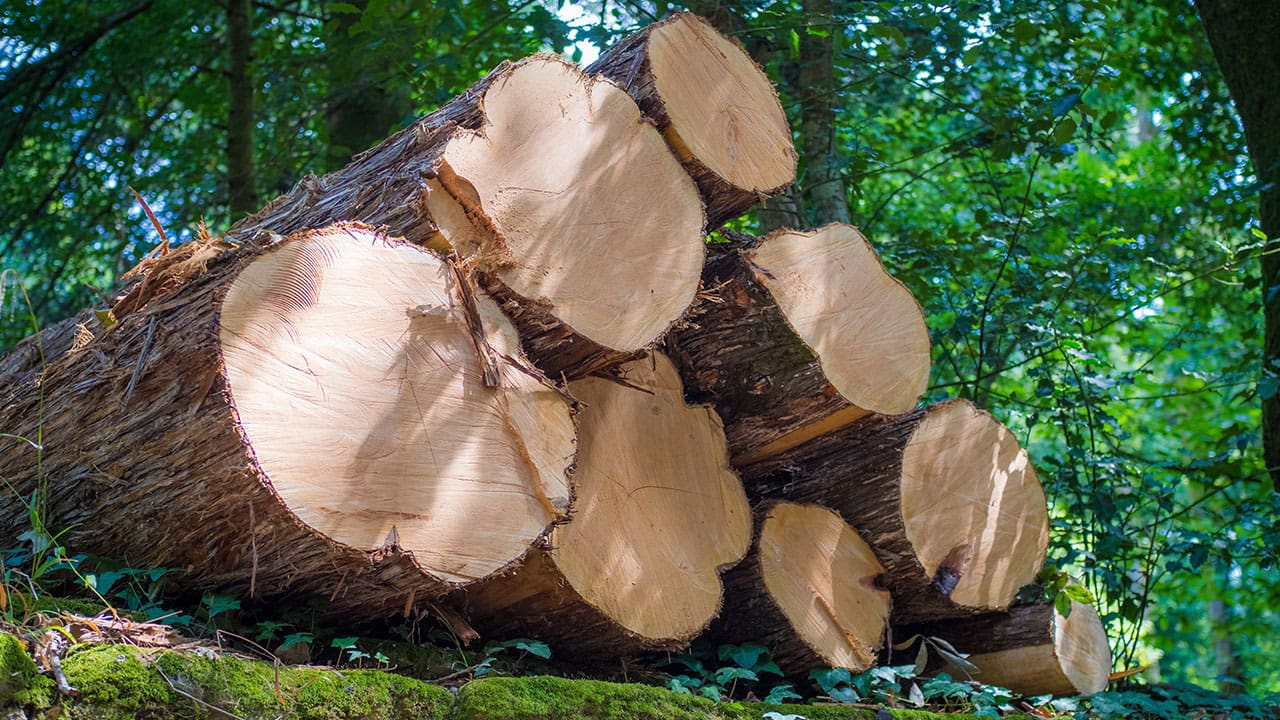
The process of cutting down trees by processing them into pulp and timber, which we later use for industrial demands. Like wood, construction, paper products, and much more. We call this whole process as ‘Logging’ and it plays a significant role in the forest industry.
Here’s a poem that goes like this…
There really is nothing
more incredible and lovelier
than nature
So,
we need to work together
to save our trees.
Difference between Logging and Deforestation
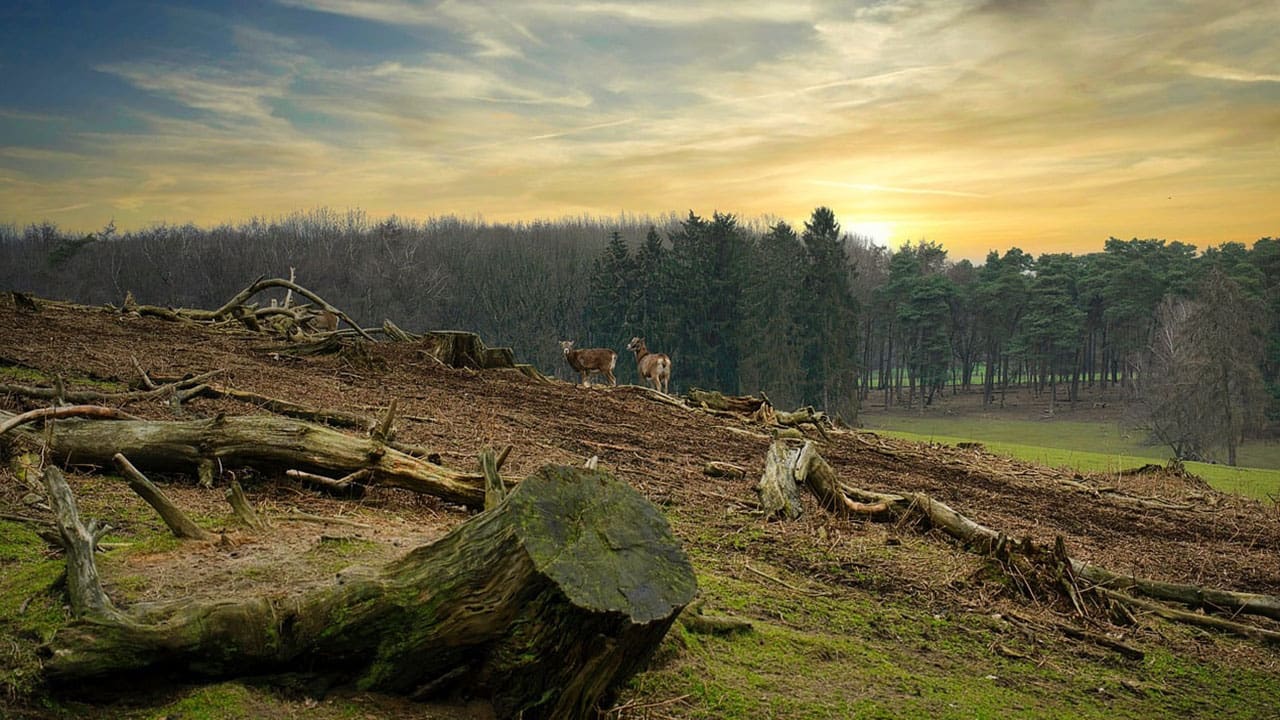
Juliet once stated in a lament for Romeo:
This is quite a fitting phrase in this context, particularly when it comes to differentiating between deforestation and logging.
Both terms are intertwined and often overlap with each other, but there is a difference between them despite being interlinked. The term ‘logging’ is the felling of trees on a commercial level to make products. Where on the other hand ‘deforestation’ is removing the forest completely and all of the forms associated with it.
Causes of Deforestation: Human Choices & Environmental Impact
As we explore the causes of deforestation, recognize the impact of our actions on the landscapes that breathe life into our world.
Simply, forest exploitation is an action, and deforestation is the end product or result of that action. Timber extraction can be sustainable, but unfortunately effects of deforestation may bring drastic consequences, impacting climate change and biodiversity.
History of Logging
The logging methods have evolved over time, driven by advancements in the transportation of timber from remote areas to the industrial markets. The different historical periods have helped in shaping the ways of harvesting. It moves the timber into three main eras, which are:
Pre-1880s – Pre-Industrial Era
In the early days of forest clearing, the tree logs were transported by simple means of natural methods. Like rivers to float the trunks downstream to the paper or saw mills. This was known as timber rafting or log driving, which was considered the cheapest one.
Animals like oxen or horses were there to move the logs through the grounds covered with snow, though seasonal conditions helped in making the transportation easier.
1880s to World War II – Railroad Logging Era
The timber harvesting industry expanded by the 1880s, and mechanized equipment like the steam-powered machinery and railroads was introduced in this era. The rail-based logging became the backbone industry for moving the logs more efficiently to remote forest areas.
Along with other additional methods used for this purpose, such as high-wheel loaders, log flumes, and tractors. The Bunyan Buggy was the largest high-wheel loader in 1960 for service in the region of California. This buggy features wheels 24 feet high.
Post-World War II – Modern Mechanized Logging
The mechanization of timber extraction equipment took place after World War II. Chainsaws, bulldozers, skidders, caterpillar tractors, and diesel trucks were replace with manual labor to process logging on a larger scale. In today’s modern era, skyline systems, harvesters, helicopters, automated machinery, and yarders are in use for making the logging process more efficient.
Types of Timber Extraction
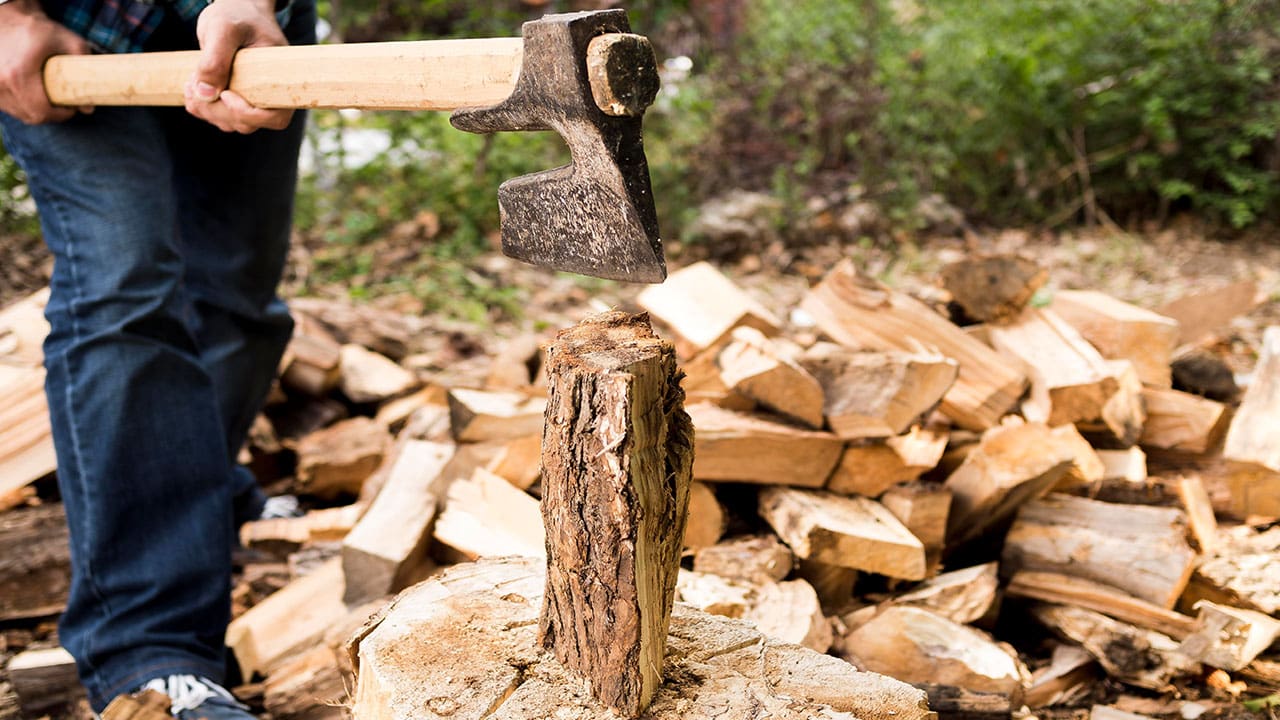
Logging is categorized into 3 different types, comprising:
Clear-Cutting
It is a logging type that involves the removal of all the trees in a designated area. This causes long-term damage to the ecosystem, resulting in water pollution, loss of biodiversity, and soil erosion.
But, there are many environmentalists who are against the clear-cutting due to a number of reasons. One of the reasons may be that it causes the destruction of wildlife’s habitat.
Selective Logging
The selective logging cuts only certain types of trees or woods, which are highly valuable, like mahogany. It is a timber-harvesting method used to remove the best timber while leaving out the rest, which makes its productivity higher.
It has some benefits as it helps in preserving biodiversity and minimizing environmental degradation. However, it’s getting more expensive over time as regeneration becomes much slower.
Shelterwood Logging
It is a process in which trees are gradually chop off in multiple stages, which allows natural regeneration to occur under the shelter of existing trees. In simpler terms, in shelterwood, mature trees stand there in order to protect the young seedlings while nurturing them.
Once the new trees are grown, the older remaining ones are removed. This approach of harvesting helps in promoting the sustainable growth of the forest.
Tree Cutting Methods
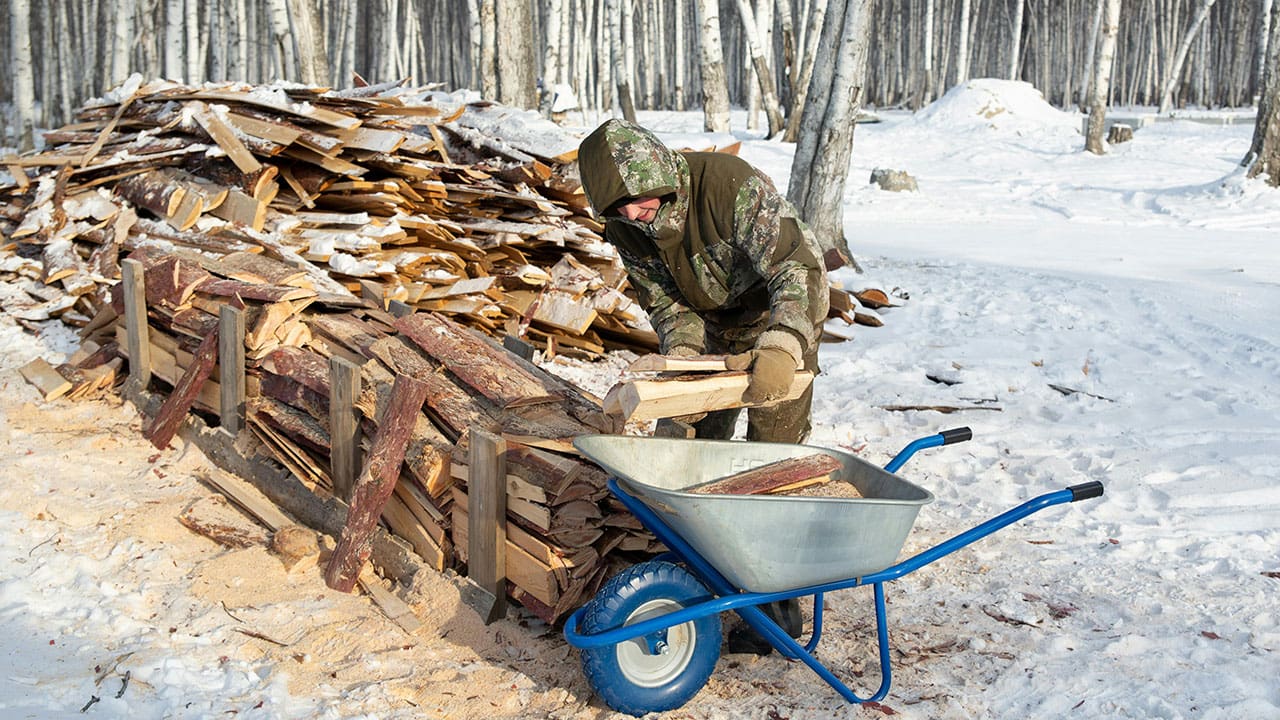
There are different methods for forest clearing, varying upon the types of forest, its economic purpose, and the landscape. These methods of timber logging deforestation are of 3 types:
Tree-Length Logging / Stem-Only Harvesting
This method involves the felling, delimbing, and topping of trees in the woods and then transporting their lengths to the landing or to the processing sites/areas. The branches and foliage are there at the cutting sites, where they enrich the soil with their organic matter (containing nutrients).
Whole-Tree Logging
In this method, the whole tree, including its branches, is cut down and later transported to the processing sites/mills. This harvesting method serves for purposes, as the different parts of the trees are in utilization. Whole-tree timber logging is usually for biomass energy production, but it removes essential nutrients from the forest’s floor, causing mass deforestation.
Cut-to-Length Logging
Cut-to-Length method is a sustainable method for tree cutting. In this method, trees are cut into smaller pieces (logs) at the site of harvesting, rather than transferring entire trees to the sites. Machineries used for this are the mechanical harvesters and forwarders.
The harvesters cut the trees and remove their branches, while the forwarders transport the pre-cut logs to the collection points that help prevent the soil from eroding.
Environmental Factors
According to the 2023 Glasgow Climate Change Conference, timber logging is partially accountable for the rise of global temperature to over 1.5 degrees. A Glasgow Climate Pact was held to deal with this change in addition to being directly responsible for noteworthy fluctuations in the climate change by deforestation.
Logging can bring hazardous impacts to the environment, which are listed below in the following:
Increases Greenhouse gas emissions
Trees have a significant role in balancing the atmospheric air, as they absorb carbon dioxide during the process of photosynthesis. Carbon dioxide is a greenhouse gas that converts into glucose with the help of trees and plants. They release oxygen in the atmosphere and act as carbon sinks.
However, logging has increased the level of carbon dioxide in the atmosphere. Animals also release carbon dioxide as they breathe out. Unfortunately, we have a high amount of carbon dioxide surrounding us.
Encourages Frequent Soil Erosion
Soil erosion happens as a result of logging, as the trees have different sorts of roots anchoring forest soil to the ground. Due to logging in the forests, the topsoil tends to be loose and highly vulnerable to the agents of soil erosion including wind, water and animals. As per The World Wildlife Fund, in the last 150 years, the earth has lost around half of its reproductive soil because of soil erosion.
Increases Habitat Destruction
The majority of the animals and plants rely on the forests or trees for their survival in terms of shelter, food, and reproduction. Therefore, logging causes habitat destruction for many species and causes extinction in many cases.
Interferes with the Natural Water Cycle
Trees have a significant role in the natural water cycle through transpiration, absorbing the water from the soil and releasing it into the atmosphere. The logging is a huge factor in the contribution of droughts and erratic precipitation by causing changes in the patterns of rainfall.
Increases Flooding Risks
Forests act as natural buffers to fight against floods by absorbing the rainfall. The removal of trees increases the chances of flooding because the rainwater flows into the streams and rivers.
You Might Like to Read: The Impact of Deforestation on the Water Cycle
The timber logging of tree roots contributes to water runoff, making the soil less permeable by causing deforestation. The topics might be the regions that are particularly vulnerable to flooding due to heavy rainfalls.
Timber Harvesting and Climate Change
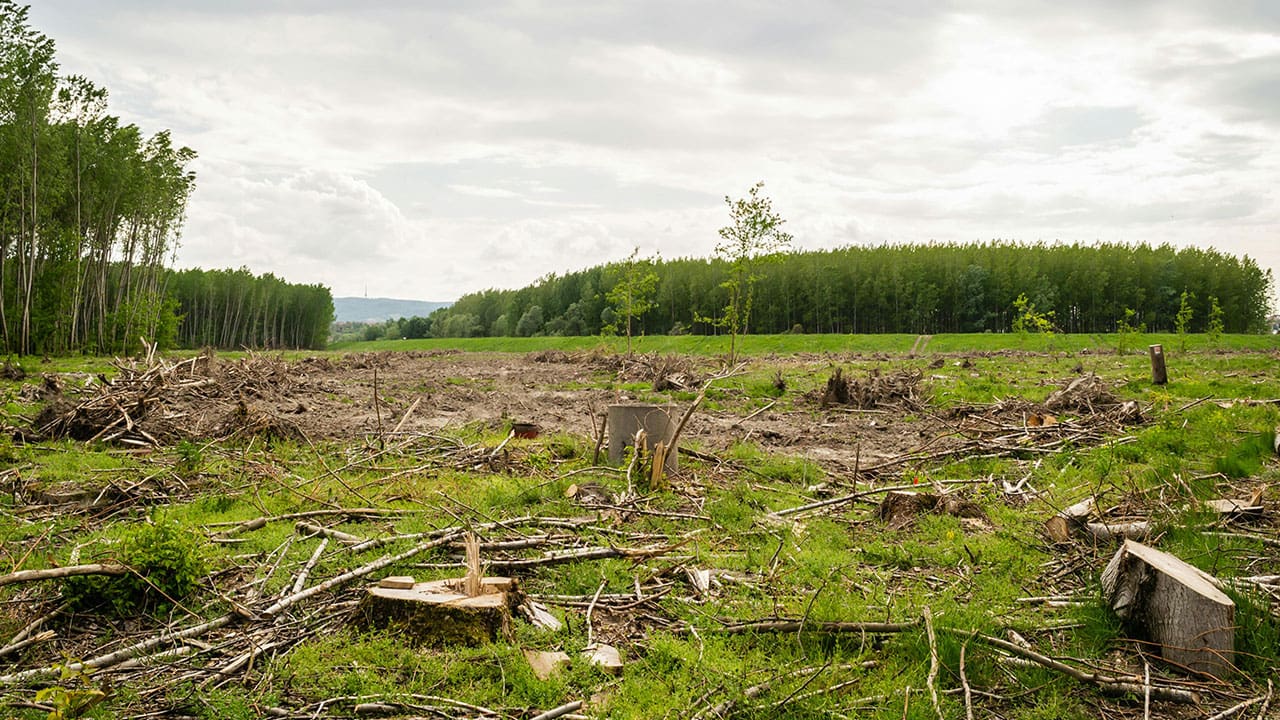
Climate change is a challenging issue for all of us. There is definitely a connection between logging and global climate change. It brings out negative impacts by increasing the amount of carbon dioxide in our surrounding atmosphere.
According to the World Resource Institute data, deforestation is responsible for nearly 5 billion tons of Carbon emissions, which is equivalent to at least 10% of the yearly emissions into the environment, majorly caused by timber logging.
The forests help to combat climate change for a healthy atmosphere. Taking careful measures will help you to maintain the biodiversity of the forests and slow climate change. Therefore, the more trees we have, the better quality of air we’ll get. Because the plants absorb carbon dioxide from the air and exhale oxygen.
Wood Harvesting and Conservation
The conservation-based logging programs help in maintaining the ecosystem by using methods of reduced-impact logging, selective logging and forest certification programs, e.g. FSC follows sustainable practices for logging.
These approaches help in water regulation, carbon sequestration, and wildlife habitats, along with fulfilling society’s need for timber products.
Role of Regulations in Logging
The Government has been making efforts in recent years the regulate logging and enforce sustainable practices. There are many countries that rely on regulations such as the U.S Lacey Act, which promotes transparency in trading logging for timber and prohibits the illegal importation of timber.
Deforestation in the Amazon: Why This Ecological Crisis Matters to Us All
The Indigenous communities and wildlife are on the verge of elimination by deforestation by making the forest into barren lands.
The Forest Law, Governance, and Trade(FLEGT) is a program that holds operations in controlling logging in European countries. The USAID helps in combating the disastrous climatic change due to logging.
Conclusion
Logging serves the economic industry, but we need to handle it carefully the prevent environmental disasters or damage. Having the right approach, logging can coexist with the conservation of the forest.
Remember that every single piece of paper, every wooden piece of furniture has its story – a journey from the core of a forest to our homes. We must ensure that it’s a story of sustainability and love for our planet Earth.
